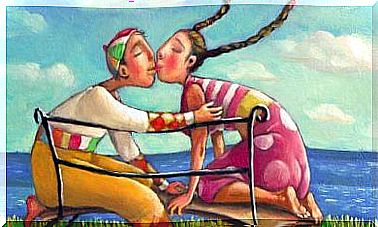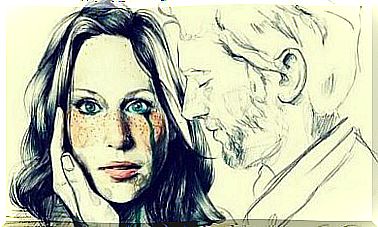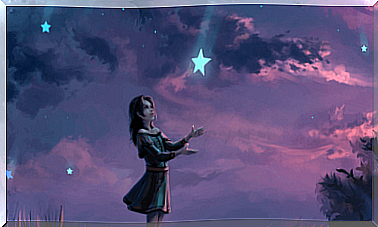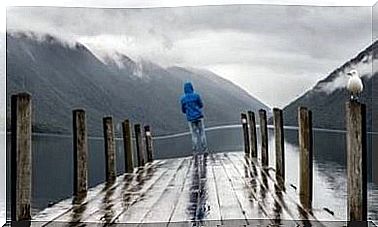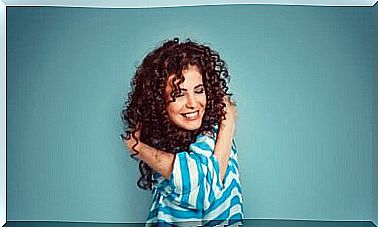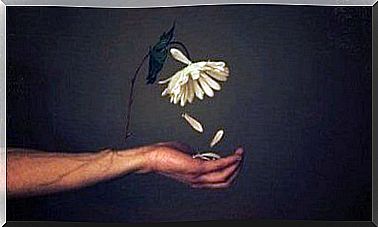Explain Peace To Children With 3 Useful Resources
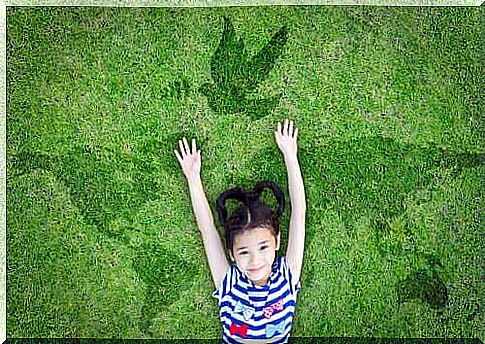
Children are small human beings in the growth phase. As adults, educators and parents, we have a duty to guarantee them a safe and sensitive world, where they can grow up happily and feel protected. To this end, we would like to offer you some resources to explain peace to children.
The concept of peace can be a bit strange to a young child’s mind. How could we define it? Maybe as a social condition of stability and balance, or as a condition between the parts that form a harmonious whole. Other experts consider it the absence of wars, violence and uncertainties.
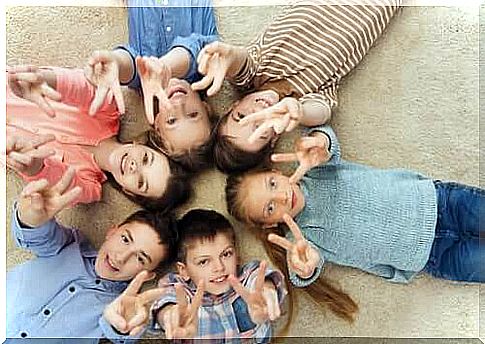
3 ways to explain what peace is
Nowadays, a large part of society is aware of the benefits that the culture of peace brings to civil life. For this reason, if we want things to stay this way, it is important that children do just this concept as soon as possible.
Peace is the guarantor of personal and social harmony. Thanks to it, the ideal environment is created to prevent violence and to promote the peaceful resolution of conflicts, through tools such as dialogue.
If this education for peace, in a peaceful context, begins in the family environment and extends to the school environment, we will be able to raise balanced children and adolescents capable of overcoming emotional and social conflicts. In this way, we will give shape to a very useful firebreak in the event of risky situations and violence, such as cyberbullying or bullying in general.
It is for this reason that any activity that has to do with peace is so important. Educating on the basis of values is essential to progress towards an increasingly balanced and peaceful society.
The theater of conflicts to explain peace to children
Generally children like to act and feel part of a team of actors in a theater or show. For this reason, both at home and in the classroom, you could prepare the so-called conflict theater.
To perform this activity, you can improvise a simple set and imagine a list of common conflicts between the children. For example, the classic fight over a toy, the last ice cream that the older brother ate, the classic conflict between parents and children when the older ones have responsibilities and the little ones want to play, etc.
Once the conflict has been imagined, it must be represented in an improvised scenography by a group of children. The rest will have to identify the type of conflict. Once identified, a debate will open about the emotions it generated and the best way to react, in a peaceful way.
The symbolic cuisine
The kitchen can be an excellent resource for explaining peace to children. In fact, sometimes conflicts can arise when it comes to choosing how to cook a dish.
To stage a symbolic cuisine, you need to organize the ingredients. For example, to make a cake some will be chosen and others not. Then, we will associate a concept with each of these ingredients.
Let’s take an example. To cook the cake we were talking about, we will not use salt, so we will associate the term violence to this product, for example. However, we will use cream, so we will associate the concept of respect with this food. And so on with a series of foods that will be used to the detriment of others.
Once this is done, we will invite the children to choose the ingredients to use to cook a peace cake. In this way, the little ones will discover what are the values associated with this concept.
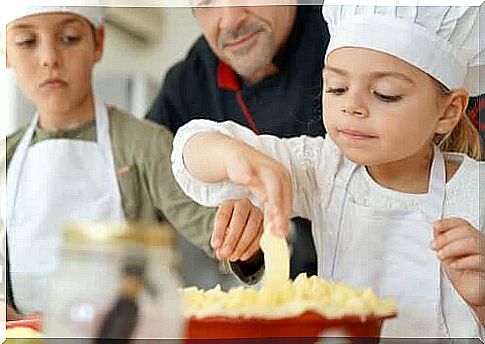
Read a story to explain peace to children
Let’s discover together another of the many ways available today to explain peace to children. Reading short stories, both classic and modern, is a useful activity in this case.
Once you have chosen a story, it is interesting to read it aloud, so that everyone can listen to it and, once this step is concluded, a debate must be started during which children can express opinions, analyze and describe the values transmitted by the story.
All these resources for explaining peace to children are useful and necessary to create a peaceful world and a positive environment, where children can grow up happy, confident and feel safe.
